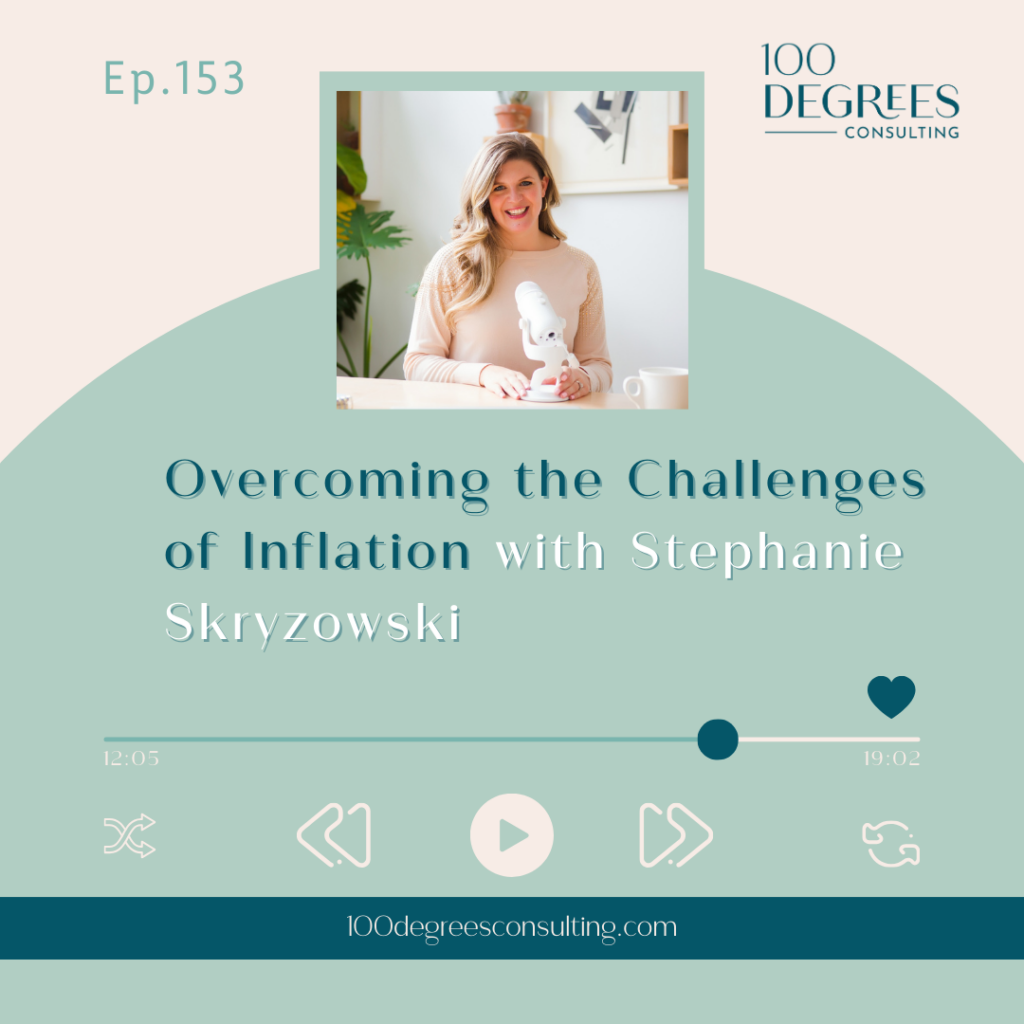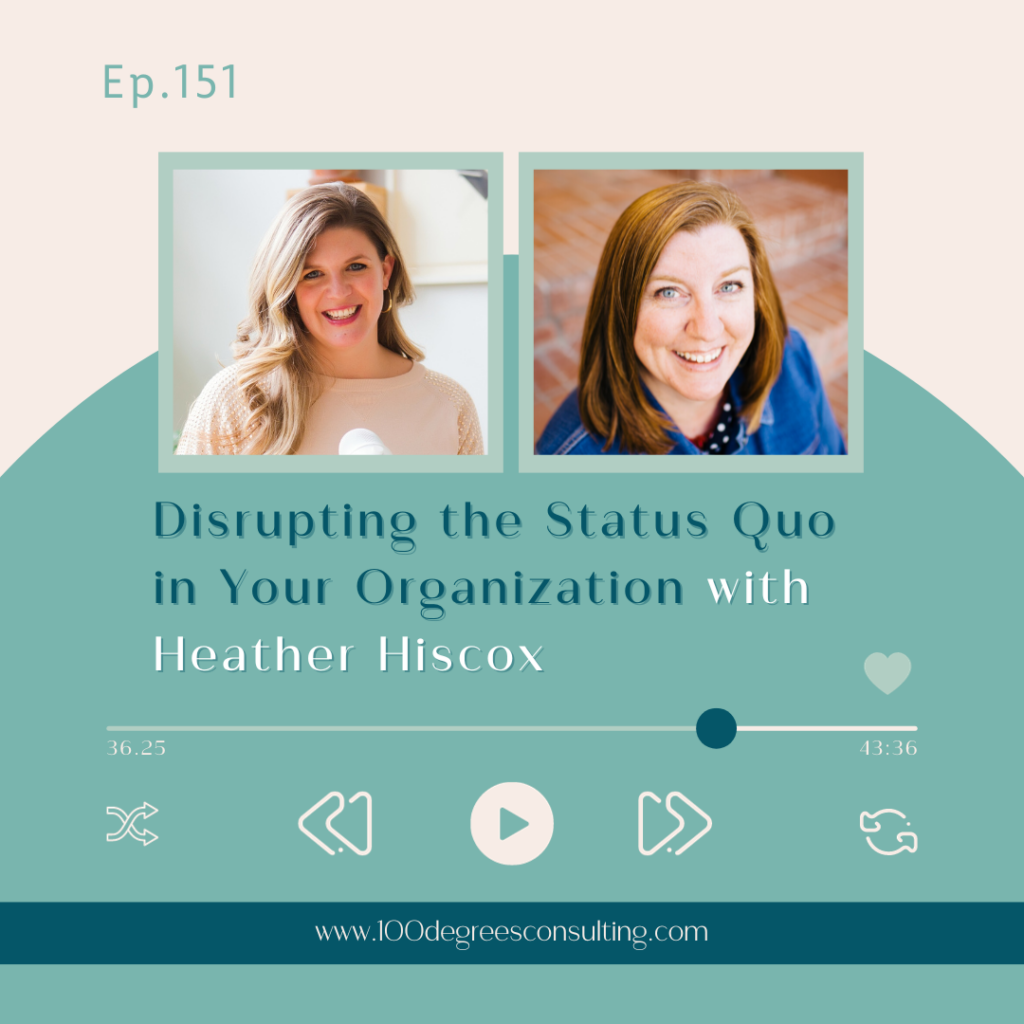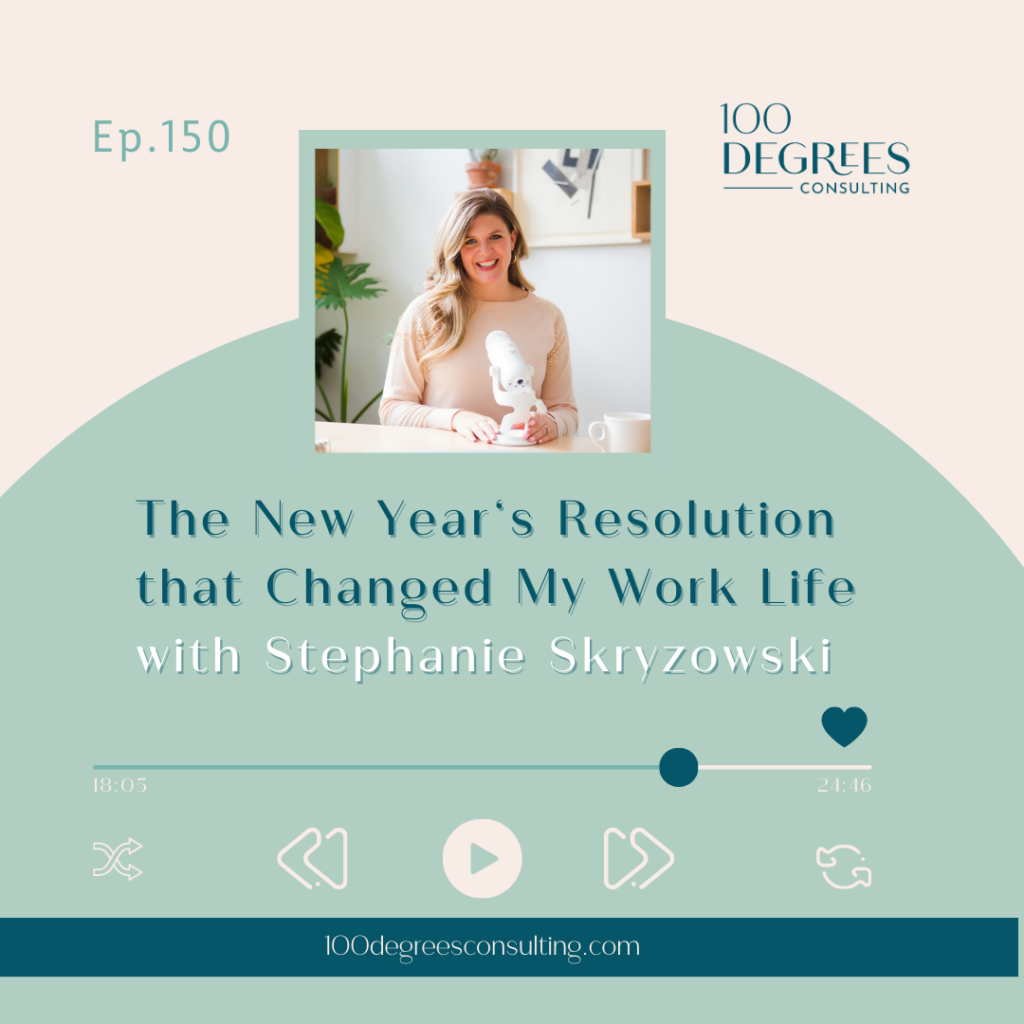
As of June 5, 2020
Great news!
Congress recently signed the Paycheck Protection Program Flexibility Act which slightly changes some of the terms of the Paycheck Protection Program in order to allow more businesses to be eligible for loan forgiveness.
Here’s what you need to know:
- Loan amount that must be spent on payroll costs went from 75% to 60% (that means a higher percentage may be spent on rent and utilities)
- The PPP program “covered period” is extended until December 31, 2020
- This gives employers 24 weeks, rather than eight weeks to spend PPP proceeds
- Employers can avoid a reduction in forgiveness amounts due to a significant decrease in employment and/or wage levels between February 15 and April 26, 2020, as long as the number of employees and wage levels are restored by December 31, 2020
- Those that use the longer period of up to 24 weeks may need to maintain employment levels through the entire 24-week period or restore wage and full-time equivalent employee levels by December 31, 2020
- Employers now have five years to pay back PPP loans instead of two years
- The SBA will probably provide a new Loan Forgiveness Application if you choose to use the 24 week forgiveness period
As of May 15, 2020
Show of hands:
Who received PPP funds? (Even if you didn’t, keep reading.)
The Small Business Administration (SBA) released the PPP loan forgiveness application and outlined all of the criteria that we’ll need to meet in order to forgive the loan.
Here’s the forgiveness application.
If you received PPP funds (yay, congrats!), it’s time to make sure your record-keeping is in order so that when your lender asks for the application, you have everything ready to go. I strongly encourage you to read through the announcement and application, but here are a few points I pulled out:
- Keep all of your info in one place. SBA loan number, lender loan number, date of loan disbursement, last four digits of employees’ social security numbers, bank statements, mortgage statements, rent agreements/leases, utility invoices, etc. You’ll need all of this and more!
- Save more than you normally might. Do you normally trash utility bills? Don’t download bank statements or payroll registers? Download everything as you go, and keep it all in a Google Drive or Dropbox folder so when your 8 weeks are up, you’re not chasing down documents (and totally freaking out!)
- Figure out what your “covered period” is. This is the eight-week (56-day) Covered Period of your PPP loan, but borrowers with a biweekly (or more frequent) payroll schedule may elect to calculate eligible payroll costs using the eight-week (56-day) period that begins on the first day of their first pay period following their PPP Loan Disbursement Date. Figure this out NOW, rather than when you’re requesting forgiveness.
- Remember that compensation over $100k annually is not eligible, nor are payments to independent contractors.
- If you reduced your staff, there are several documents you’ll need and calculations you’ll do to determine total forgiveness.
There’s a lot more in this guidance, so please review it carefully to make sure you’re fully compliant. We all want to move this loan off the balance sheet ASAP, so get your ducks in a row now to be ready in 8 weeks! (I’m not a lawyer and this is not legal or tax advice, so make sure to consult your own qualified advisors.)
This also got me thinking: Would you be ready if something like this happened again? Do you have your accounting, payroll, and record-keeping organized enough to produce documents at the drop of a hat? We all know how quickly the first round of SBA funds ran out and those who weren’t able to quickly cobble together the very basic information required probably missed out.
Two quick pieces of advice:
- Don’t rely on any online service providers to hold onto your statements. Download your bank and credit card statements, payroll registers, 941 filings, etc on a regular basis and save the PDFs to Google Drive or Dropbox. Your bank may not keep more than 12 months of statements, you might change payroll providers, etc, and you don’t want to be frantically chasing these down later.
- Cash flow forecasting is crucial. You need to know clearly what’s coming in and going out each month to plan effectively, especially in times of crisis, AND to manage these relief funds effectively to ensure forgiveness. Don’t have a template? I’ve got you covered with a free template here!


















